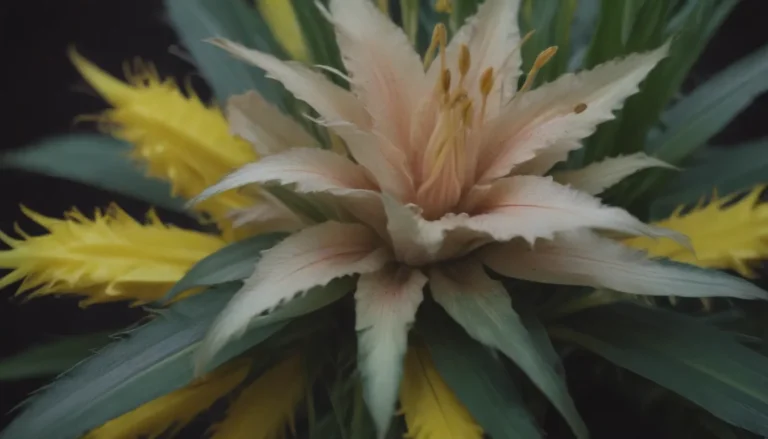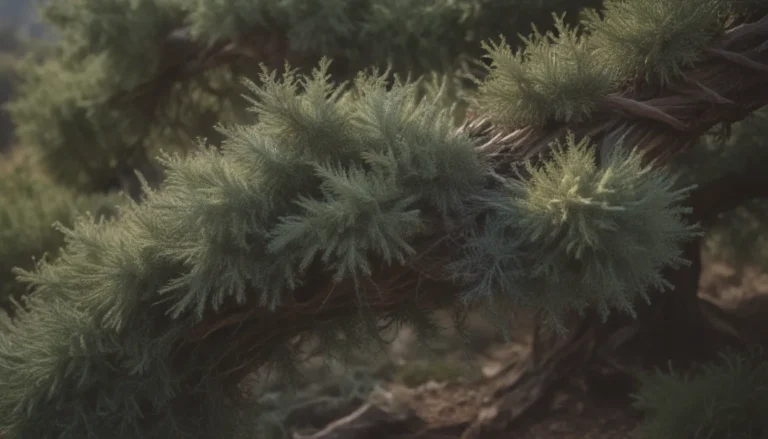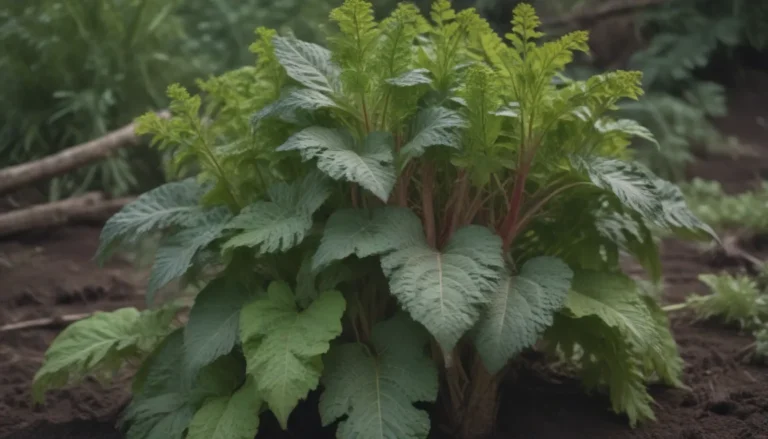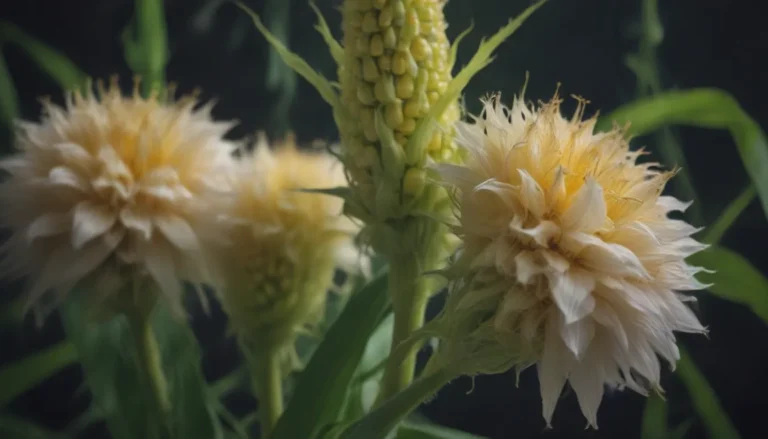Troubleshooting Your Rose of Sharon: What to Do When it Fails to Flower
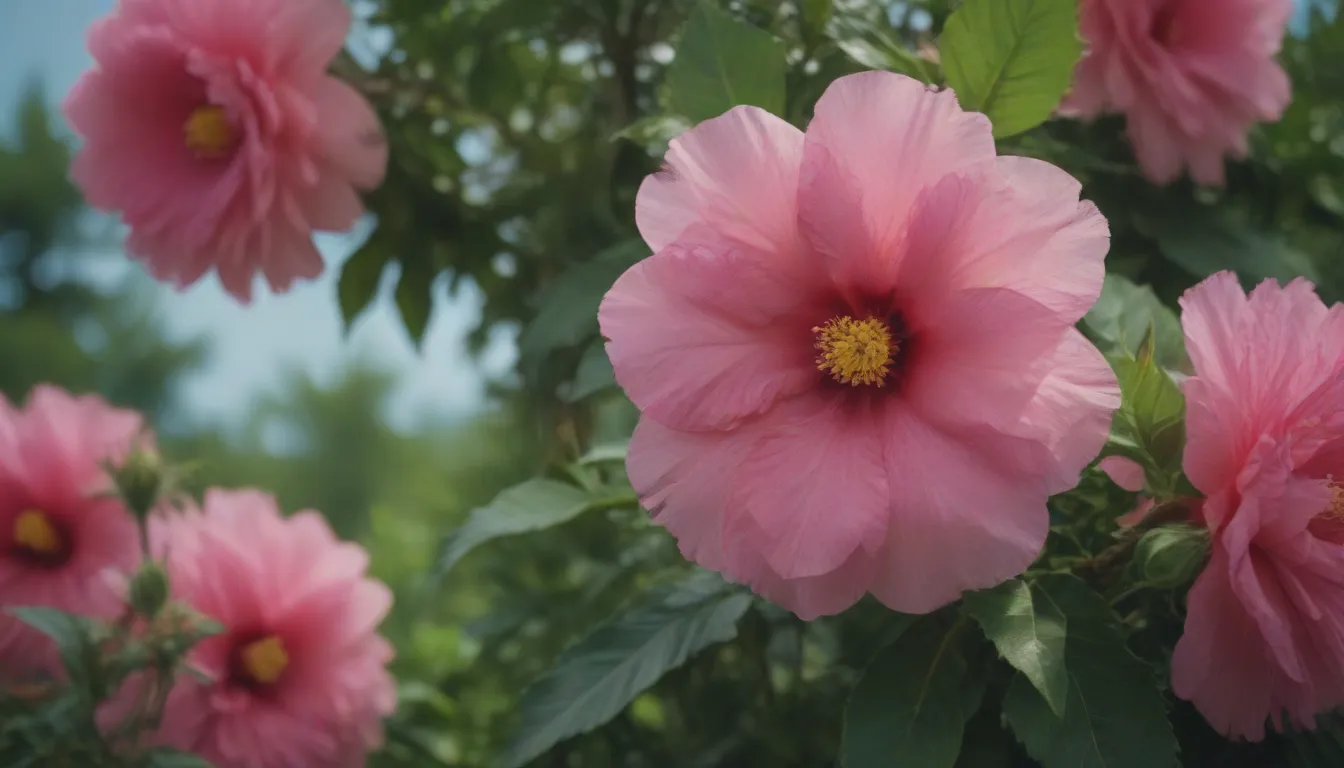
Rose of Sharon (Hibiscus syriacus) is a stunning deciduous shrub that blooms from early summer all the way to frost, showcasing beautiful flowers similar to hollyhocks. Known for its prolific blooms, it’s disheartening when this lovely shrub fails to produce the desired blossoms. However, there’s no need to fret – there are simple steps you can take to encourage abundant flowering in the future.
Understanding the Normal Blooming Habit
The blooms of Rose of Sharon, also referred to as shrub althea, typically grace the garden in the latter half of summer and well into fall, bringing color and beauty when most other flowering shrubs have finished blooming. In most regions where Rose of Sharon thrives, the best display of flowers is usually seen in July and August. So, when your shrub doesn’t bloom as expected, it can be quite disappointing.
Common Reasons for Failure to Bloom
Several factors can contribute to a Rose of Sharon failing to flower. The most common culprits include:
- Excessive shade
- Rot
- Drought
- Inadequate phosphorus
- Improper or insufficient pruning
- Pests or disease
How to Address Common Issues
Excessive Shade
Rose of Sharon thrives in full sun, needing at least 6 hours of direct sunlight daily. If your plant is not receiving adequate sunlight, consider relocating it to a sunnier spot or trimming surrounding plants to improve sun exposure.
Watering Practices
When watering your Rose of Sharon, aim to water the soil around the plant, avoiding wetting the foliage which can lead to rot. Ensure the soil is kept evenly moist and water during dry spells to prevent drought stress.
Phosphorus Deficiency
If your shrub shows signs of lacking phosphorus, such as reduced bloom size or quantity, a general-purpose fertilizer or organic bone meal can help correct the deficiency. Be cautious not to over-fertilize, as this can harm the plant.
Proper Pruning Techniques
To promote flowering, prune your Rose of Sharon immediately after flowering in the fall or early spring before new growth appears. Pruning too close to flowering time can remove the new wood where buds and flowers form.
Pest and Disease Management
Inspect your shrub for pests like aphids or signs of fungal diseases. Treat any infestations with neem oil or insecticidal soap for pests and use fungicidal powder for fungal issues. Improve airflow around the plant by pruning to prevent fungal problems.
Additional Tips for Success
To encourage full blooming, consider the following tips:
- Mulch around the base of the plant to retain moisture and deter weeds.
- Feed your Rose of Sharon sparingly with a balanced fertilizer to promote healthy growth.
- Monitor your plant regularly for pests, diseases, and watering needs.
- Encourage beneficial pollinators like bees and butterflies by planting nectar-rich flowers nearby.
By addressing these common issues and implementing these tips, you can help your Rose of Sharon thrive and produce an abundance of beautiful blooms. Remember, patience is key, and with proper care, your shrub will reward you with a stunning floral display year after year.
